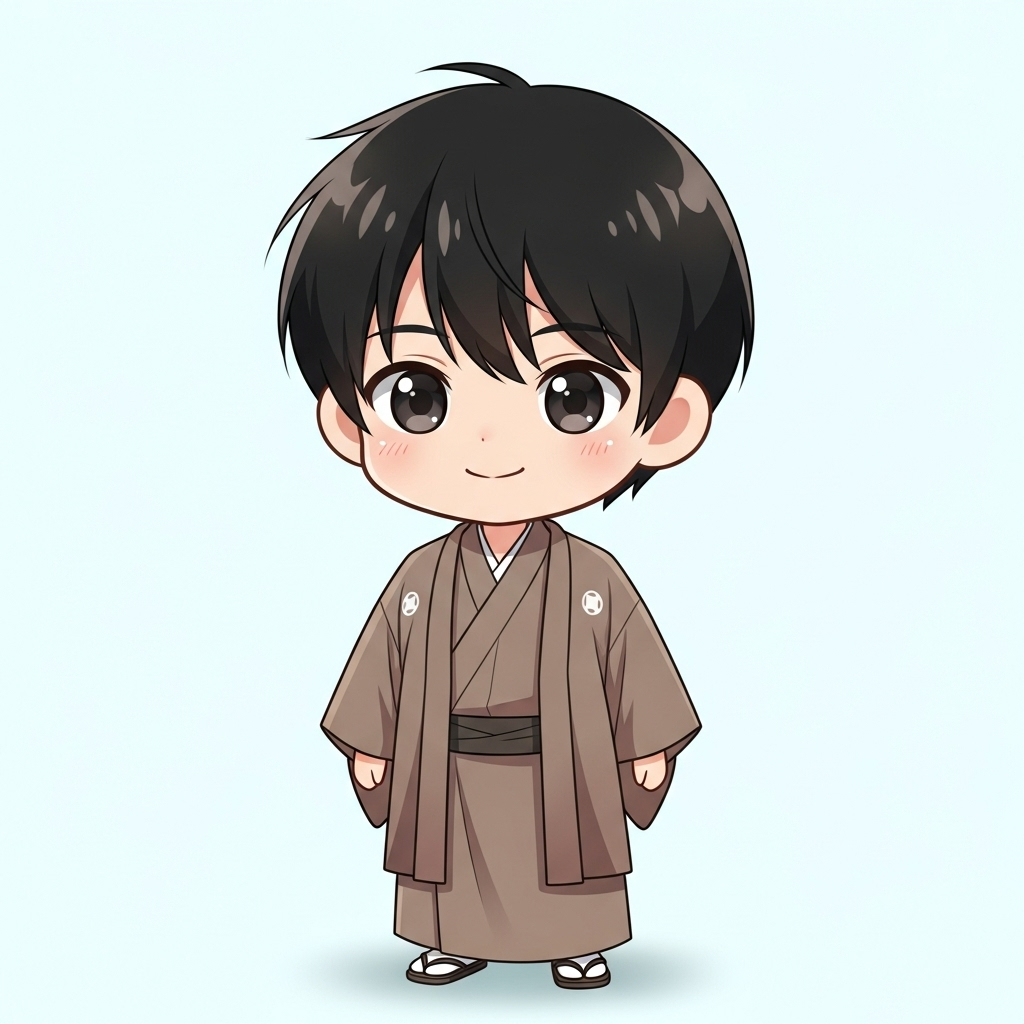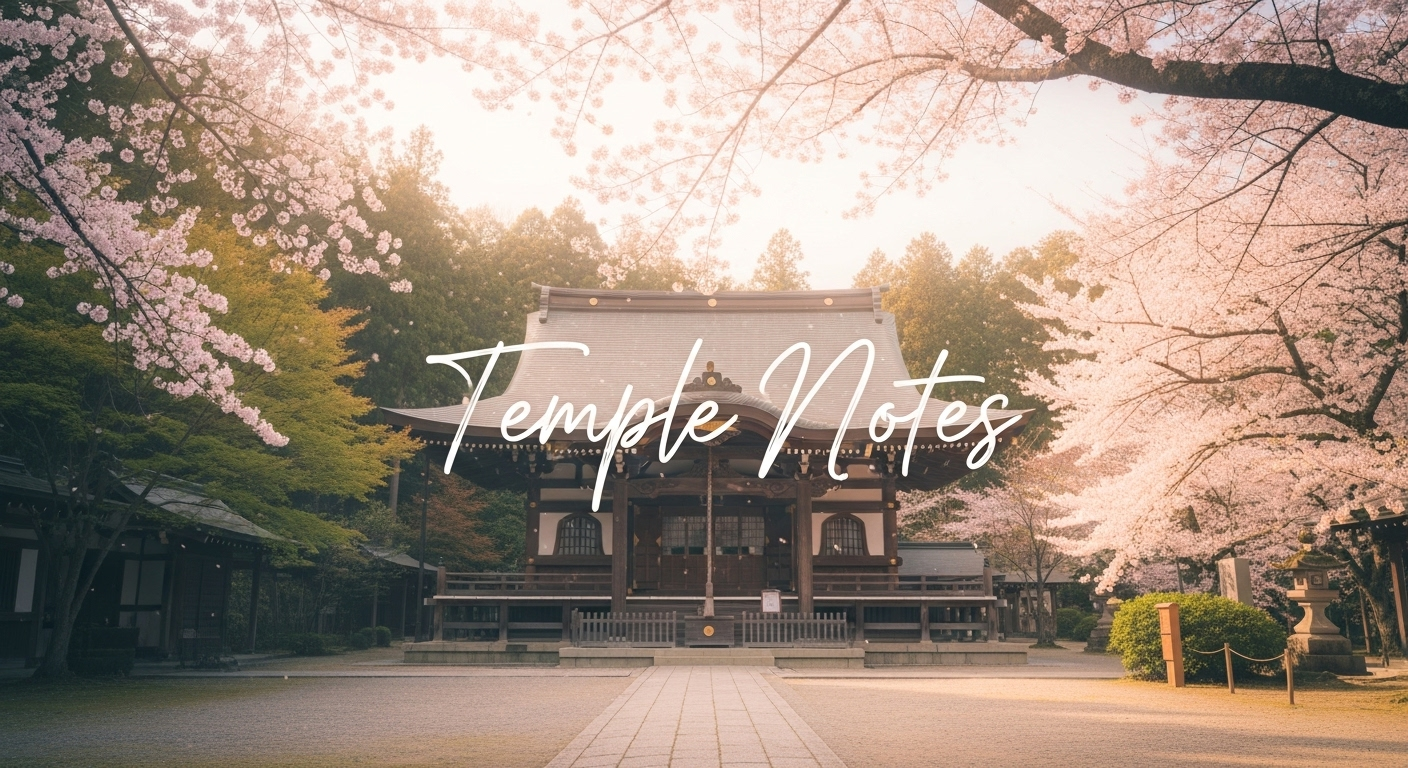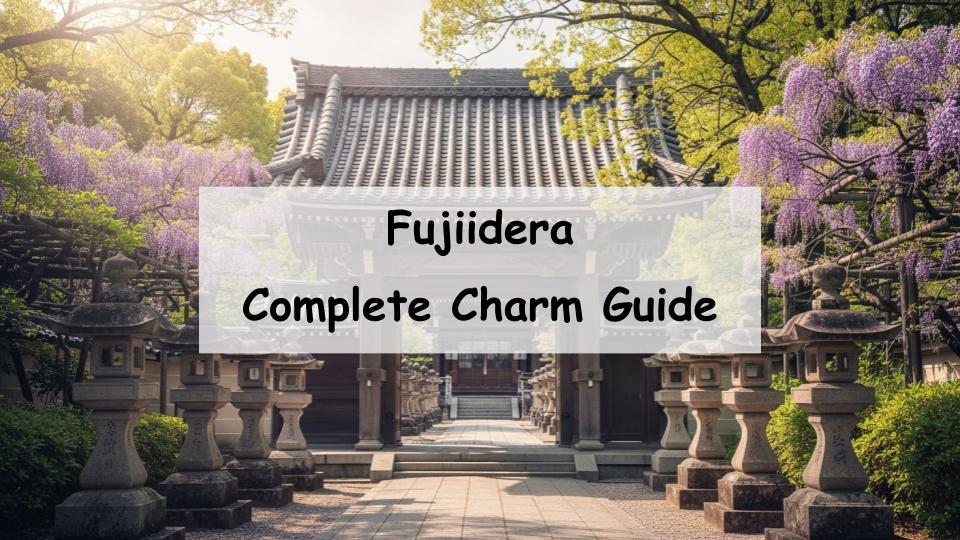If you love visiting historic temples and spiritual sites, Fujiidera Temple in Osaka’s Fujiidera City is a must-see destination. Home to Japan’s oldest Thousand-Armed Kannon statue, this temple offers a blend of profound history, seasonal beauty, and cultural depth. Increasingly popular among tourists and pilgrims alike, Fujiidera captivates visitors with its sacred atmosphere and artistic treasures. In this article, we’ll explore the temple’s history, main attractions, seasonal highlights, and practical travel information so that even first-time visitors can enjoy it to the fullest.
What Is Fujiidera Temple? History and Overview
Origins and Historical Background
Fujiidera Temple was founded during the Asuka–Hakuho period as the clan temple of the ancient Fujiwara family. As the fifth temple on the Saigoku 33 Kannon Pilgrimage, it has long been an important site for worship and pilgrimage. According to temple records, it was established under imperial order by Emperor Shomu and has undergone numerous restorations throughout history, preserving its legacy as one of Japan’s oldest Buddhist temples.
The Main Deity: The Thousand-Armed Kannon
The temple’s principal image is the Thousand-Armed, Thousand-Eyed Kannon Bodhisattva (Juichimen Senju Sengan Kannon Bosatsu), designated as a National Treasure of Japan. Made of dry lacquer, this seated statue is a masterpiece of the Tenpyo era. Its eleven heads and countless hands represent compassion reaching every living being, while the eyes painted on each palm symbolize all-seeing benevolence. The craftsmanship and serenity of the statue leave a lasting impression on all who view it.
Overview of Fujiidera City
Located in the heart of Fujiidera City, Osaka Prefecture, the temple is only a short walk from Kintetsu Fujiidera Station, making it easily accessible. The area is known for its ancient burial mounds and historical sites, offering visitors a chance to enjoy both religious and cultural exploration in one trip.
Highlights and Attractions of Fujiidera Temple
The Magnificent National Treasure: Thousand-Armed Kannon
Fujiidera’s Kannon statue is one of Japan’s finest examples of early Buddhist sculpture. It is open to the public on designated days, allowing visitors to witness the intricate details of its carving and lacquer work. The experience of standing before the statue—serene yet powerful—is unforgettable, especially for art and history enthusiasts.
Seasonal Beauty of the Temple Grounds
The temple grounds are adorned with flowers and trees that bloom beautifully throughout the year. In spring, the wisteria trellises are especially stunning, draping the temple in a soft purple hue. The annual Fuji Matsuri (Wisteria Festival) draws visitors from across the region, offering a peaceful atmosphere perfect for quiet reflection or photography.
Popularity of Goshuin and Omamori
Fujiidera is also famous for its goshuin (temple seals) and omamori (charms). Pilgrims often collect goshuin as a spiritual record of their visits. The temple’s designs occasionally change with the seasons or special events, making them prized keepsakes. The omamori, especially those for warding off evil and bringing good fortune, are deeply rooted in the temple’s centuries-old faith tradition.
Limited-Edition Goshuin Designs
During special openings and festivals, Fujiidera offers limited-edition goshuin that feature unique calligraphy and motifs. These exclusive seals are only available on certain days, making them highly sought-after among collectors.
Protective and Good Luck Charms
Because Fujiidera’s main deity is revered as a protector from misfortune, the temple’s amulets for safety, luck, and warding off evil are among the most popular in Osaka. Visitors often purchase them during major prayer periods, such as New Year and Setsubun.
Annual Events and Temple Ceremonies
Monthly Opening of the Thousand-Armed Kannon
The Kannon statue is open to the public on the 18th of every month, offering a rare chance to see the National Treasure up close. On these days, visitors can also attend special prayers and ceremonies. During significant anniversaries, additional special viewings may be held.
Seasonal Ceremonies and Pilgrimage Experiences
Throughout the year, Fujiidera hosts a variety of religious events such as the Wisteria Festival, Hana Matsuri (Flower Festival), and the Thousand-Day Pilgrimage. These gatherings provide a sense of community and spiritual renewal. Attending during these times allows visitors to enjoy the temple’s vibrant cultural life.
Popular Events: Flower Festival and Setsubun
The Flower Festival celebrates the birth of Buddha with offerings and rituals, while Setsubun, the spring festival for driving away evil spirits, draws large crowds for prayers and ceremonies.
Access and Travel Guide
By Train or Bus
Fujiidera Temple is conveniently located just a few minutes on foot from Kintetsu Fujiidera Station on the Kintetsu Minami-Osaka Line. Trains from Osaka-Abenobashi or Namba make the journey quick and easy, ideal for day trips.
By Car and Parking Information
While the temple has a small parking area, spaces are limited and tend to fill up quickly during events. Several coin-operated parking lots are available nearby, but visitors are encouraged to use public transportation, especially on weekends and holidays.
Nearby Attractions
Around Fujiidera Temple, visitors can explore historical Kofun burial mounds, local shrines, and small cafes offering Osaka-style cuisine. A half-day walking route combining temple visits and local history provides a fulfilling sightseeing experience.
Tips for Visiting Fujiidera Temple
Proper Etiquette and Manners
When visiting, maintain a quiet and respectful attitude, particularly inside the main hall. Photography may be restricted in certain areas, so always follow posted instructions. Observing basic etiquette—such as purifying your hands at the temizuya—enhances the spiritual experience.
Best Times to Visit
The temple tends to be busiest from late morning to early afternoon. For a calmer experience, early mornings or late afternoons on weekdays are recommended. Avoid peak times such as the 18th of each month or major festivals if you prefer a quiet visit.
Cafes and Dining Nearby
After visiting, you can relax at nearby cafes or restaurants around the station area. Many serve local specialties or seasonal dishes, perfect for a light meal before heading home.
Conclusion: Experience History and Serenity at Fujiidera Temple
Why Fujiidera Is Worth Visiting
Fujiidera Temple is a rare combination of historical significance, religious artistry, and natural beauty. From its National Treasure Kannon statue to its seasonal wisteria and deep-rooted traditions, the temple offers something meaningful for everyone.
Recommended for First-Time Visitors
For newcomers, the monthly opening on the 18th or the spring wisteria season is the perfect time to experience Fujiidera at its best. With easy access from Osaka and plenty of cultural charm, it’s an ideal destination for anyone seeking peace, beauty, and a touch of Japan’s ancient spirit.
A Message from the Guide

The sacred statue at Fujiidera Temple is unveiled to the public on the 18th of every month. Nearby temples such as Domyoji and Nonaka-dera also open their hidden Buddhist images on the same day, so it’s highly recommended to visit all three together.











Comment